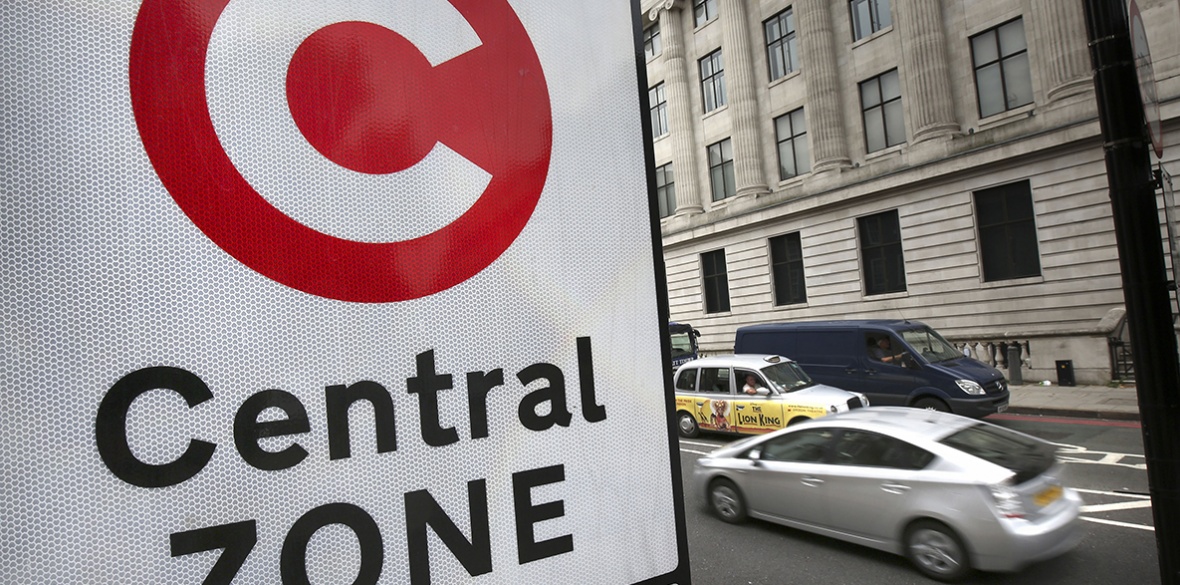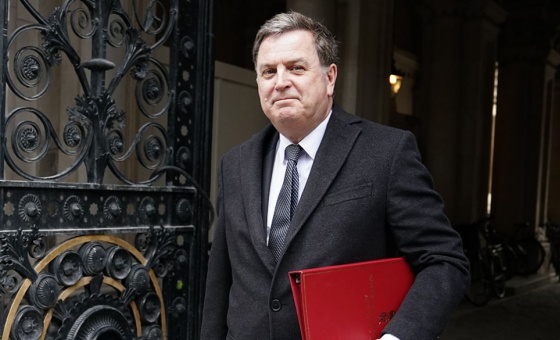This is the last article you can read this month
You can read more article this month
You can read more articles this month
Sorry your limit is up for this month
Reset on:
Please help support the Morning Star by subscribing here
THE congestion charge was both a progressive tax and an environmental tax.
It was an environmental tax because it targeted one of the biggest sources of pollution — traffic. In many ways, it was an early form of a carbon tax. Although we didn’t call it that at the time, we were already very concerned about climate change and air pollution, which meant we knew we had to use pricing to discourage unnecessary driving.
The congestion charge was progressive because it was deliberately designed to primarily affect the wealthiest Londoners, who contributed the vast majority of car trips in that zone of central London.
Revenues from the congestion charge were ring-fenced to be used for improving public transport — a form of travel used by everybody else. Before introducing it, we massively expanded bus services and cut fares, including making it free for under-18s to travel.
Without the congestion charge, we wouldn’t have been able to make many of the improvements we went on to make to public transport. Roads in central London were so congested that they wrecked almost the entire bus timetable, as so many bus routes go through Zone 1 at some point. People only used buses if they had no other choice because they couldn’t rely on them — a half-hour journey one day could take an hour another.
Freeing up road space also made possible the revolution in cycling in London which is still developing. In 2000, something like only 0.2 per cent of trips were by bike. Only the most committed cyclist would risk London traffic. There were almost no segregated cycle lanes.
The congestion charge took 250,000 vehicles off the roads and made it possible to first make bus lanes also accessible to cyclists, and then to start putting in dedicated bike lanes. That combination convinced people that cycling was worth a try and now in some inner London boroughs cycling makes up 15 per cent or more of trips at peak times. That has a huge benefit for reducing pollution, but also makes mobility affordable and healthy.
Bringing in the congestion charge required building a very broad alliance — a popular front in Morning Star terms if you like! We assembled a coalition that spanned from sections of big business (which wanted more reliable delivery times and better public transport to get staff to work) to greens, cyclists, bus users and socialists who understood the congestion charge as effectively a form of a wealth tax, because only the rich could afford to drive and park in central London.
Sometimes as socialists and environmentalists we must show leadership and make what appear to be hard political decisions for the sake of people and the planet.
Every opinion poll we conducted prior to the scheme going live on February 17 2003 suggested I could lose the next election because of it. But I knew that if it worked it would be popular. Only a tiny fraction of people would be negatively affected by it, and the vast majority would benefit. Within two weeks of the scheme starting the polls showed 55 per cent in favour and only a hardcore of 25 per cent against.
An indication of how politically hard it was to achieve was how many other mayors tried and failed to introduce similar schemes. Even a mayor as strong as Mike Bloomberg couldn’t get congestion charging introduced in New York. Manchester lost a referendum on it.
Most other city leaders didn’t understand the two central tenets of the congestion charge’s success.
First, to make sure the initial scheme is carefully targeted at wealthier drivers and that the vast majority who are affected have genuine alternative travel options.
Second, I batted off Tory demands for a referendum, because I knew that people would support it once they had experienced it in action. If you have a referendum first then the right-wing media will scare lots of people into thinking the charge is going to affect them when it isn’t — or that somehow their freedoms are being taken away.
This is illustrated by how currently the far right has whipped up a storm that “15 Minute Cities” — the idea that every city resident has a right to live within an easy walk of basic services like schools, health facilities, food shops and work — is, in fact, an international socialist conspiracy to ban people from travelling further than 15 minutes from their home!
Today Sadiq Khan is rightly expanding the Ultra-Low Emission Zone to cover the whole of London. People have a right to breathe clean air and the people who suffer the worst air pollution are the least well-off, who are forced to live by noisy, polluted roads.
No-one can fully escape air pollution, but it’s working-class Londoners whose kids are disproportionately afflicted with asthma, or who die prematurely from lung and heart disease.
When I looked out of my office on the morning of February 17 two decades ago, I was initially terrified we had gone too far. For hours there was no traffic on Tower Bridge at all. But by the end of the first week, I realised it was working perfectly — London was moving again and richer Londoners were being taxed so that we could provide better services for all.
Critics also said the congestion charge wouldn’t work, because the public sector couldn’t deliver something so complicated so quickly. But I knew the quality of our public servants and understood from my time at the Greater London Council that they would rise to the challenge.
More conservative officials at Transport for London started by telling me it wasn’t possible, but quickly they were replaced by colleagues who saw how important it was to achieve and so became determined to make the impossible achievable. We need that kind of mission-driven approach to politics and public service today.
I’m tremendously proud of what we achieved with the congestion charge. It transformed what I was able to achieve as mayor. It was also the policy that allowed me to create C40, a climate action network of the mayors of the world’s biggest cities, which is still going strong today and is one of the beacons of hope that we can stop climate breakdown.
Today we need a radical and global “green new deal” – to both protect our planet’s future and to build an economy where public need comes before corporate greed.
You can follow Ken Livingstone on Twitter @Ken4London.










